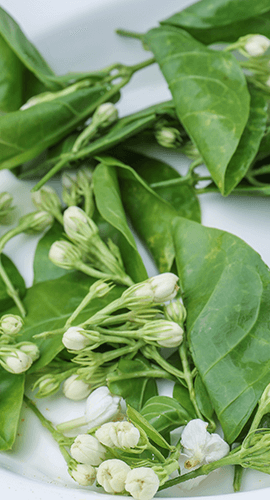Order online or call us +86-187-0910-6130
If you want to make a better combination, you should break the oils down into their essential oil category. Some of the main essential oil categories are listed below:




 A straightforward way of blending using this model is to pick essential oils within the same scent family.
A straightforward way of blending using this model is to pick essential oils within the same scent family. Another technique is to pick essential oils from two scent families that are well-known to blend effectively together. Such as,you would expect Peppermint, which is a Herbal oil, to blend well with a Citrus oil such as Sweet orange oil or a Woody oil such as Pine or Cedarwood.
Another technique is to pick essential oils from two scent families that are well-known to blend effectively together. Such as,you would expect Peppermint, which is a Herbal oil, to blend well with a Citrus oil such as Sweet orange oil or a Woody oil such as Pine or Cedarwood. If you want to create a blend that promotes relaxation and eases stress, you could choose essential oils that are calming or uplifting (such as Bergamot) and avoid those that are known to be particularly stimulating or energizing (such as Ginger or Grapefruit).
If you want to create a blend that promotes relaxation and eases stress, you could choose essential oils that are calming or uplifting (such as Bergamot) and avoid those that are known to be particularly stimulating or energizing (such as Ginger or Grapefruit).